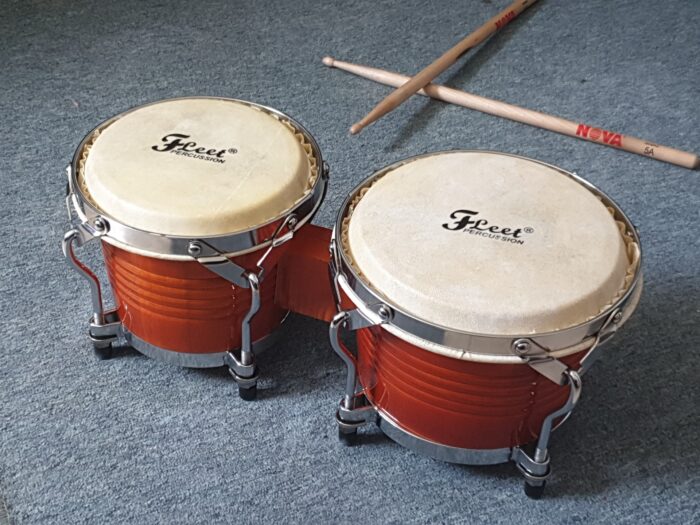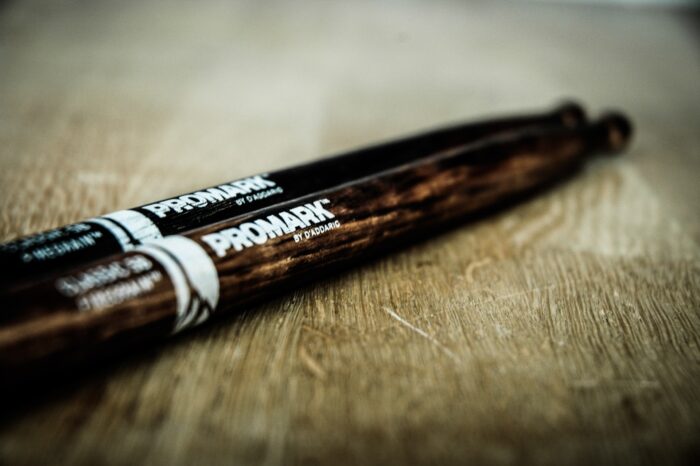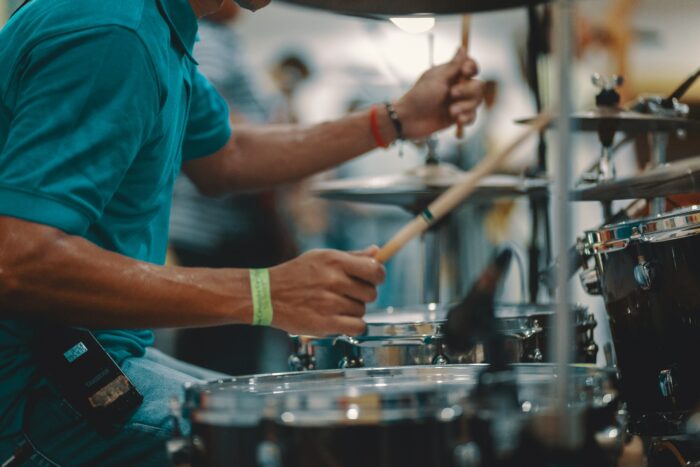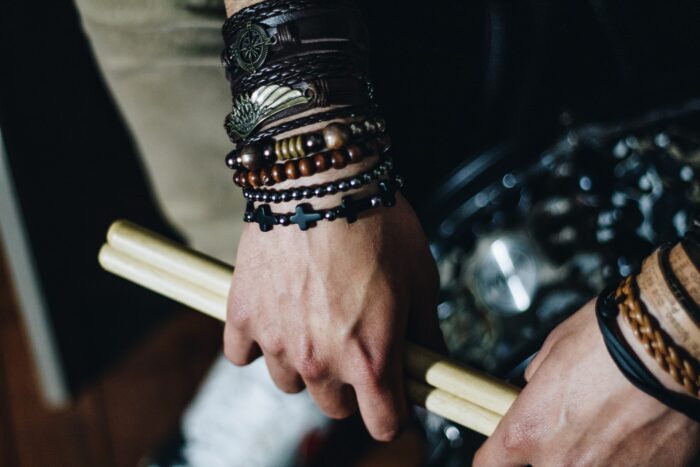
Even experienced drummers may face difficulties choosing the right drumsticks and usually end up buying as many varieties as possible to experiment with. If you’re a beginner, you probably know even less on the topic, so reading this article is a must. There is no need to spend money unnecessarily on drumsticks that you probably will not like, but there is a need to read some advice from experienced experts. Simplydrum.com experts tell about everything a beginner drummer should know to choose a perfect pair to start.
Quick Start

The beginnings for any inexperienced musician are fun and exciting. Many musicians say that the beginning is difficult, but this is an ideal opportunity to prove that every beginning is easy and interesting. If you don’t want to get into the topic too deep at the beginning, you won’t regret buying a pair of 5A hickory sticks by one of the leading brands. It’s the most common choice for beginner drummers as it offers medium weight, an average butt thickness, and compatibility with the majority of music styles. 5A’s are great for practice and live gigs. However, if you know exactly what you want to play, you should learn the possible variations across different drumstick types.
Drumstick Anatomy
Although a drumstick is usually a monolith object made of a single piece of wood, metal, etc., it includes several parts that matter. Let’s take a look at each of them to understand what’s to be considered. By distinguishing and examining the parts of the drum sticks, you will slowly understand the importance of each part, but also its function in the sticks themselves.
Butt

This is the heavier part that counterweighs the tip of the stick. The diameter of this part defines the whole stick diameter. Thicker sticks let you play louder and heavier, while thinner models are usually notably quieter and lighter. Knowing this will make it easier for you to choose sticks, of course, according to the type of music you play.
Tip
The tip shape defines the tonal qualities of a drumstick. You can choose between wooden and nylon (brighter on cymbals) tips as well as between different tip shapes, including:
- Teardrop – is the most versatile and lets you achieve both focused and diffused sounds;
- Oval – provides a well-balanced tone;
- Round – produces a focused sound and feels very precise on cymbals;
- Barrel – offers a larger contact area. Provides extra loudness and diffused tone;
- Acorn – this type offers the largest contact area and a thick heavy sound;
- Pointed – provides good focus and medium tone;
- Ball – small contact area and excellent tone brightness.
Wood

Wooden drumsticks are the most popular due to the warmer sound of wooden tips and excellent exploitation characteristics. They are usually the favorite choice of every experienced drummer. Many of the famous drummers also adore wooden sticks for playing drums. Here are the most commonly used drumstick wood types:
- Hickory – provides good shock absorption and relatively high density;
- Maple – lighter and softer than hickory, a good choice for quieter styles;
- Oak – offers high density and the highest durability amongst the three. It’s a heavy-hitter’s choice.
Letters, numbers, brands
It’s now clear what to consider, but what do the letters and numbers mean anyway? Here is the answer that will clarify things. Originally, the letters A, B, and S were used to indicate the application. S was for the street marching bands, B for brass bands and orchestras, and A for big bands. Today, you can use any type for your unique style, but it’s still important to see the difference.
Today you have the opportunity to choose drum sticks that give the sound that you think you want to hear while playing with them. There are no rules and the choice is up to you. While 5A is a basic drumstick that offers balanced weight for nearly any play style, such popular models as 2B and 5B are much heavier and offer more hitting power. If 5A feels too heavy, you can try 7A.
Actually, letters and numbers can mean slightly different things for various brands. Each brand marks the sticks it produces differently. That happens because there’s no strict standard. Brands set their own standards and rules in labeling their products. You may enjoy the best-seller VicFirth 5A and dislike, say, Ahead 5A, so it’s important to try options by different brands to choose your favorite one.
In order to decide what is best for you in such situations, it is best to do а long research. What does that mean? Spend a few times in your favorite music store and analyze the products of different music manufacturers. Examine-in detail all the wooden drum sticks, listen to the sound they make and think which brand suits you best. Once you think about it, make a final decision and buy the ones that impressed you the most.
Drum Your Own Way

The market is overflowing with options, but here we are convinced that beginner drummers should start from the most balanced drumsticks made of wood. Wooden drumsticks that are made of 100% wood and that have no other components added to them are best for beginners because of the clean sound they give. This will provide you with basic skills and an understanding of your real play preferences.
Start with the most versatile solution and then begin trying new types, but not too frequently. Slowly try all the other types of wooden drum sticks and see the best kind of sticks that will suit you and your style. Eventually, you will find what you really need or see that the basic option is the optimal one.
Take a detailed look at the music stores and look at the offer they all have. Be careful in your choice to successfully complete your mission of finding the ideal sticks. We hope we have been able to explain to you all the differences that exist with drumsticks. With this article, we have tried to help you choose the ideal sticks for playing drums without making a mistake and spend a lot of money on sticks that you will not like. We wish you a lot of success in making music and playing drums as well as many exciting performances and musical collaborations, whether amateur or professional.








